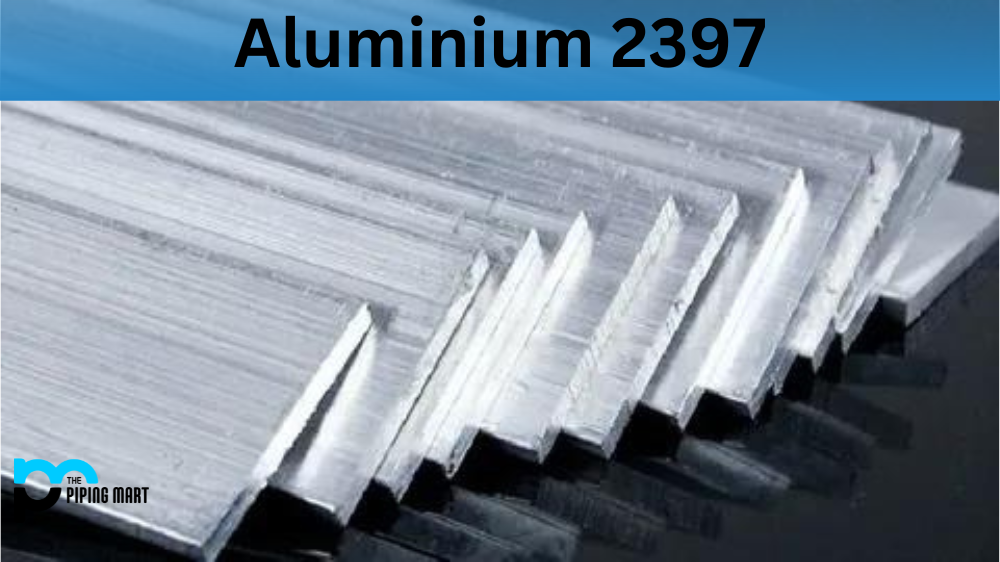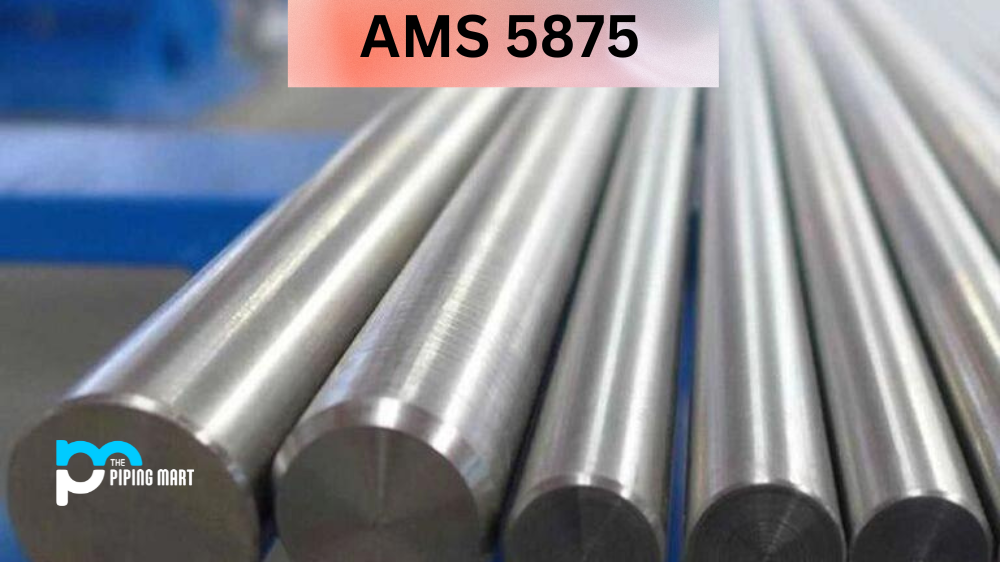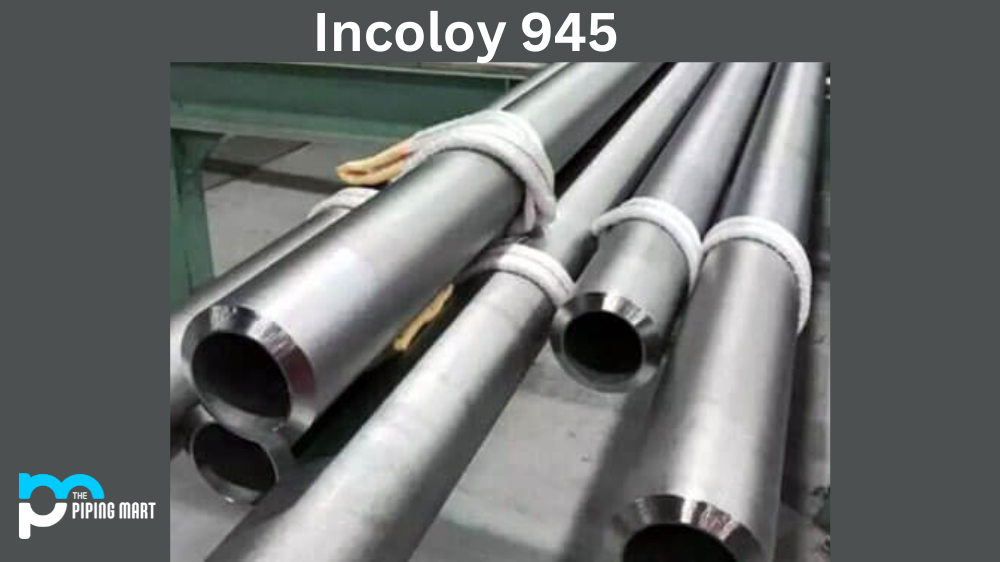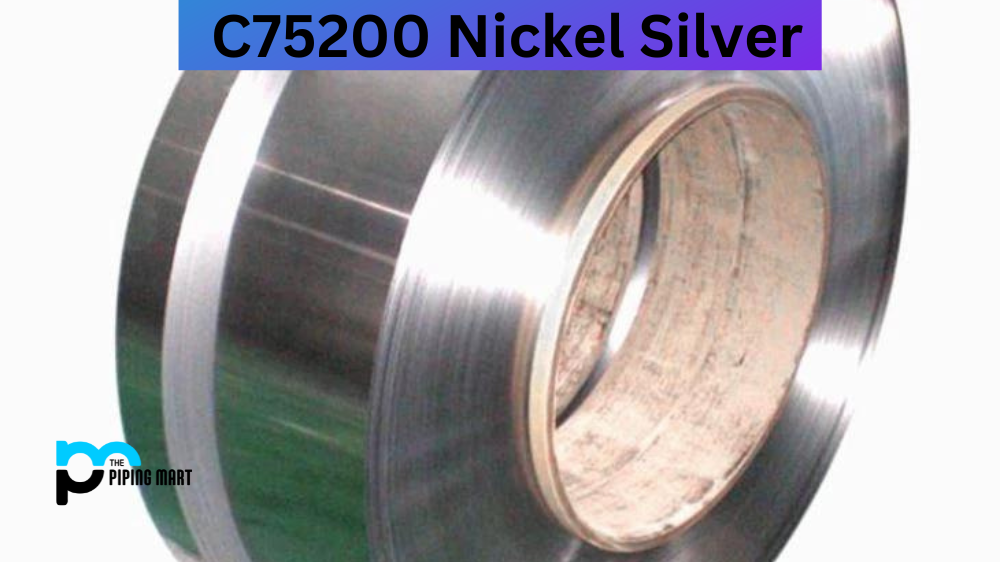Aluminium 2397 is a type of aluminium alloy with various industrial uses. It has been specifically designed to offer superior strength and corrosion resistance, making it an ideal choice for many applications. In this blog post, we will look at the composition, chemical properties, mechanical properties, physical properties, uses corrosion resistance, heat resistance, heat treatment, machining and welding capabilities of Alloy 2397.
Composition
Al 2397 is composed of aluminium (95-98%), copper (0.2-0.8%), manganese (0.1-0.5%) and iron (0.5%). It also contains trace amounts of silicon, chromium and titanium which are used as alloying agents to improve the material’s performance in specific applications.
| Element | Amount |
|---|---|
| Copper (Cu) | 2.50-3.10% |
| Lithium (Li) | 1.10-1.70% |
| Manganese (Mn) | 0.10-0.50% |
| Magnesium (Mg) | 0.25% |
| Titanium (Ti) | 0.12% |
| Silicon (Si) | 0.1% |
| Zinc (Zn) | 0.05-0.15% |
| Aluminum (Al) | rem% |
Chemical Properties
Grade 2397 has excellent corrosion resistance due to its high aluminium content, forming an oxide layer on the surface when exposed to oxygen in the air or water. This oxide layer helps protect the metal from further corrosion by acting as a barrier between it and any corrosive elements it comes into contact with. It also has good electrical conductivity and thermal stability, which make it suitable for use in electronic components and other devices that require high levels of electrical current or temperatures up to 200 degrees Celsius without damage occurring.
Mechanical Properties
The mechanical properties of 2397 alloy include good strength and flexibility at both room temperature and elevated temperatures due to its composition combination of both aluminium and copper alloys. This makes it suitable for use in applications where high levels of strength are required, such as aircraft parts or automobile parts where weight needs to be kept low. Still, power remains important for safety reasons, such as seatbelts or engine components.
Physical Properties
Aluminium 2397 has a low density which means that it is lightweight compared to other metals with similar strength characteristics, such as steel or brass, making it ideal for use in products where weight is a factor, such as an aircraft or automobiles where every bit counts towards fuel efficiency or speed gains due to reduced drag forces from lighter materials being used instead of heavier ones like steel or brass alloys would be more common for these types of applications before aluminium became popular due to its lightweight but still strong characteristics such as those found in Aluminium 2397 alloys.
Uses
Aluminium 2397 can be used for various purposes such as automotive components like wheels, seatbelts and engine parts; aircraft components like fuselages; railway equipment like brake systems; medical implants; household appliances; marine equipment like propellers; and many more thanks to its combination of qualities including light weight, strength, ductility at elevated temperatures and good electrical conductivity making it an ideal choice for many different industries and applications requiring these specific characteristics from their materials used in production processes.
Corrosion Resistance & Heat Resistance
Aluminium 2397 offers excellent corrosion resistance thanks to its combination of aluminium which forms an oxide layer on the surface when exposed to oxygen which helps protect the metal from further corrosion by forming a barrier between it and any corrosive elements present while also offering very good heat resistance up to 200 degrees Celsius without damage occurring making it suitable for use in many different types of industrial applications including those requiring exposure to extreme temperatures such as jet engines etc.
Heat Treatment & Machining
Aluminium23 97 can be heat treated using either hot working methods such as forging or extrusion or cold working methods like rolling depending on the application requirements, with minimal machining effort needed due to its relatively soft nature compared with some other metals allowing easy shaping during production processes with minimal effort needed afterwards during finishing stages prior final assembly into finished products ready for sale etc.
Welding
Aluminium23 97 can be welded using either gas tungsten arc welding (GTAW), commonly known as TIG welding or gas metal arc welding(GMAW), commonly known as. MIG welding processes both provide good results when done correctly; however, MIG welding is generally easier and quicker to perform than TIGwelding while still producing strong joints, so if you don’t have access to specialist TIG welding equipment, then MIG welding is probably your best bet when dealingwithAluminum23 97alloyswhen needing to join them together via welding process etc.
Conclusion
When looking for an aluminium alloy that offers superior strength, great corrosion resistance, and good electrical conductivity, Aluminium23 97 should certainly be considered, especially if weight reduction is also important in your application since this material has one of the lowest densities of any metal available which means it’s lightweight yet still very strong making it ideal for such applications where weight savings can make significant differences in performance whether it be aircraft components automotive parts marine equipment etc. This versatility, combined with its versatility, makes it a must-have material for any specific application requiring these properties from the materials used in the production processes involved in manufacturing the finished products from these alloys!

Abhishek is a seasoned blogger and industry expert, sharing his insights and knowledge on various topics. With his research, Abhishek offers valuable insights and tips for professionals and enthusiasts. Follow him for expert advice on the latest trends and developments in the metal industry.




